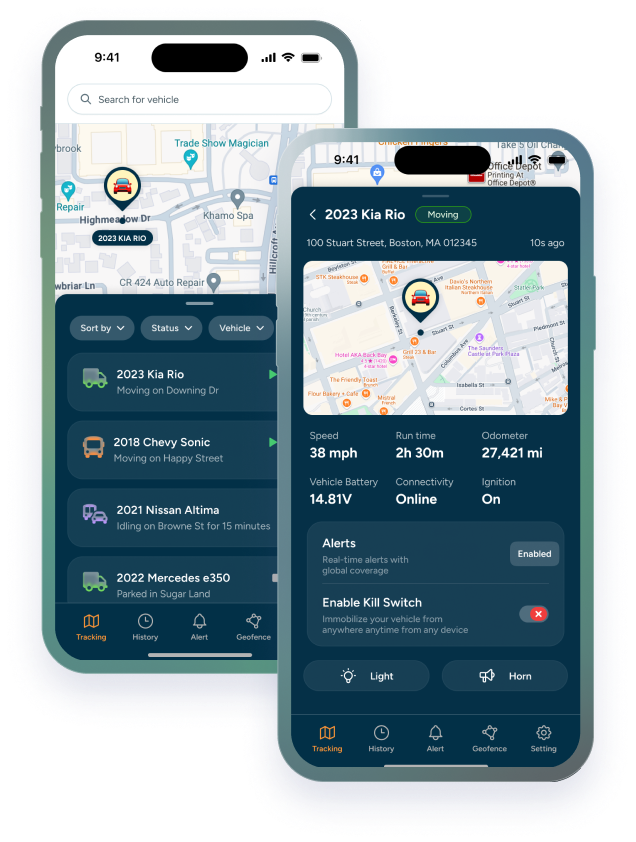In the realm of commercial transportation, ensuring vehicle safety and compliance is paramount. One critical tool that helps achieve this within the United States is the Driver Vehicle Inspection Report (DVIR). Understanding what a DVIR entails, how it functions, and why it’s crucial not only aids in maintaining safety but also enhances fleet management and ensures adherence to federal regulations. This comprehensive overview will explore the importance of DVIRs, delve into their workings, and discuss their significance in fleet operations.
Understanding DVIRs
Definition and Purpose
A DVIR is a formal record that confirms a driver has conducted a detailed inspection of their commercial motor vehicle (CMV) for any defects or issues that might affect its safe operation. This inspection is mandated by the Federal Motor Carrier Safety Administration (FMCSA), part of the Department of Transportation (DOT). The primary goal of DVIRs is to ensure that vehicles are maintained for safety, thus preventing malfunctions on the road which could lead to accidents or delays.
Regulatory Background
Under the regulations enforced by the FMCSA, both pre-trip and post-trip inspections are required for all commercial vehicles in the United States. These inspections help drivers identify and report critical issues that can compromise the safety of the vehicle—such as problems with brakes, steering, lights and reflectors, and emergency equipment. DVIRs are a fundamental aspect of these inspections, serving as a documented report that a driver must complete and submit after the post-trip inspection at the end of each day’s work.
Components of a DVIR
DVIRs typically encompass several key elements:
- Vehicle Details: Information about the vehicle including the unit and trailer numbers.
- Inspection Date and Time: When the inspection was carried out.
- Driver Details: Name and possibly other personal information of the driver conducting the inspection.
- Defects and Deficiencies: Details of any defects found during the inspection, categorized by vehicle parts such as the brakes, air system, tires, lights, and so forth.
- Corrective Actions: What actions were taken to address the defects, if any were found.
- Certification: The driver’s sign-off, certifying that the inspection was completed and all necessary repairs have been made.
Importance of DVIRs
- Safety and Compliance: DVIRs help ensure that every vehicle in a fleet meets safety standards, thereby preventing accidents and ensuring compliance with federal safety regulations.
- Maintenance Tracking: Regular inspections and the subsequent DVIRs provide fleet managers with ongoing data about the state of each vehicle, which is crucial for effective fleet maintenance.
- Liability and Documentation: In the event of accidents or inspections by authorities, DVIRs serve as proof that the fleet operator has taken all necessary steps to ensure vehicle safety. This documentation can be critical in protecting a company against liability claims.
The DVIR Process
The process of completing a DVIR involves several steps that are crucial for ensuring the thoroughness and effectiveness of the inspection:
Pre-Trip Inspection
Before starting their route, drivers must inspect their vehicle to ensure everything is in good working order. This includes checking major systems like steering, brakes, tires, lights, windshield wipers, mirrors, and any load or cargo securing equipment.
Post-Trip Inspection
Similar to the pre-trip inspection, the post-trip inspection involves checking all major components of the vehicle at the end of the day. Any new issues or changes in the vehicle’s condition are noted in the DVIR.
Reporting and Corrective Action
If any defects or deficiencies are found, the driver must report them in the DVIR. Crucially, any defects that could affect safety must be repaired before the vehicle can be operated again. Fleet managers must review and sign off on each DVIR, ensuring all reported issues have been adequately addressed.
Integrating Technology with DVIRs
With advancements in technology, electronic DVIRs (eDVIRs) are becoming increasingly common. Utilizing fleet management software and electronic logging devices, eDVIRs allow drivers to complete their reports using a smartphone or tablet. This digital approach helps streamline the inspection process, improves the accuracy of reports, and facilitates quicker corrective action.
For instance, GPS fleet tracking and asset tracking technologies such as those offered by Trackhawk GPS can be integrated with eDVIR systems. This integration not only tracks the location of vehicles but also provides diagnostics that aid in maintenance and compliance.
Conclusion
DVIRs are a critical component in the logistics and transportation industry, vital for maintaining the safety and efficiency of commercial vehicle operations. By ensuring regular inspections and fostering accountability, DVIRs contribute significantly to road safety and regulatory compliance. As technology evolves, incorporating systems like eDVIRs and GPS tracking solutions can further enhance the effectiveness of fleet management, ensuring that vehicles are not just compliant with the law, but are also operating at peak safety and efficiency. This is not just good practice—it’s essential for protecting drivers, cargo, and the company’s bottom line.

Comments